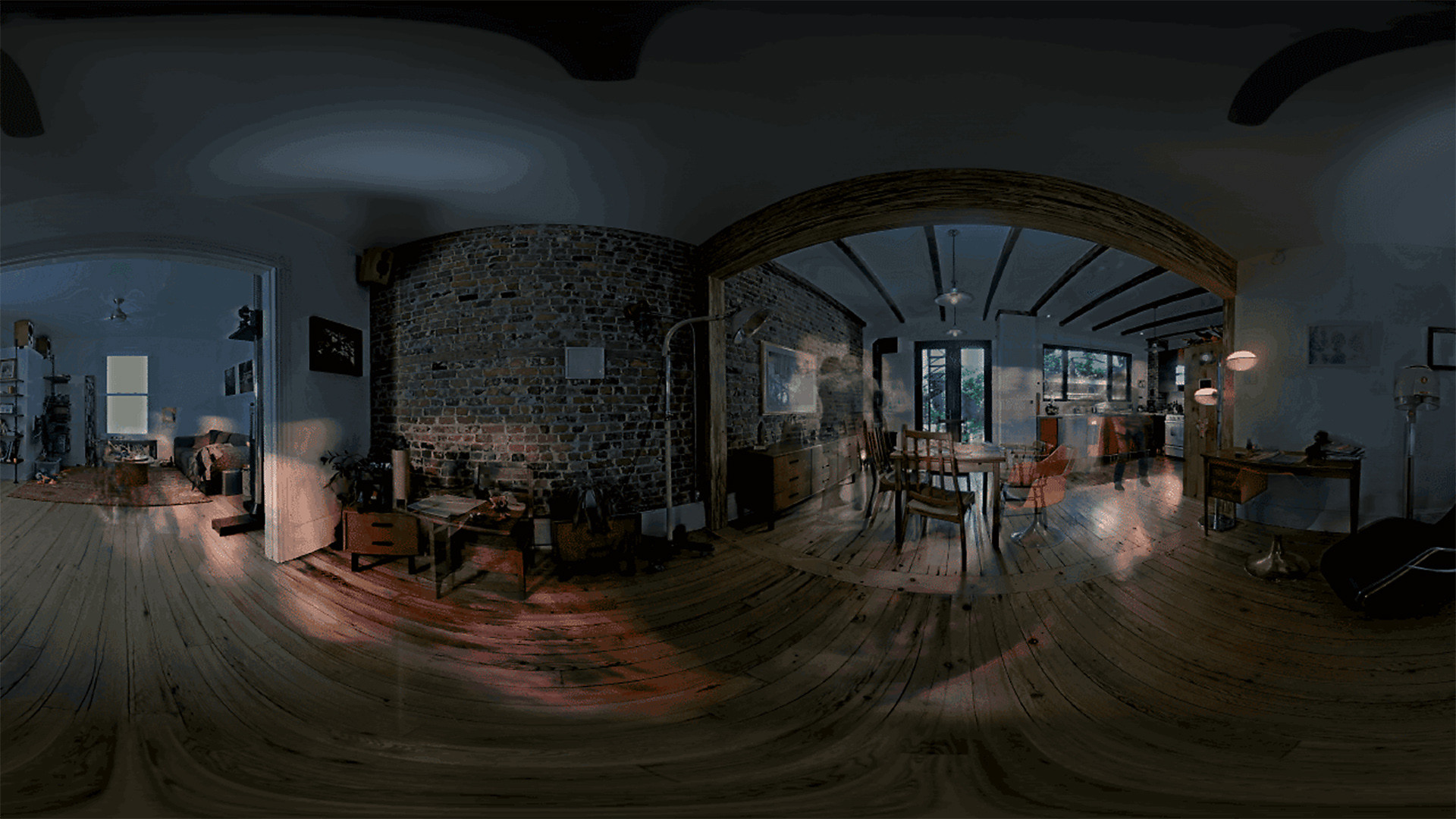After Life is a brave and ambitious piece of interactive cinema, blurring the lines between video games and film. While its inventive approach to immersive storytelling provides a compelling proof of concept for VR cinema, it falls short with lacklustre performances and a story and gameplay experience that fails to remain compelling.

In the aftermath of the death of their 5-year-old son, a family struggle through the tests and turmoil of grief. Placed in each scene at waist height, seemingly the spectre of the deceased, you observe as mother Emma, father Jay and sister Tessa navigate the many tribulations the death of a child forces upon a family. The immersion of VR allows you to observe your entire surroundings, letting you explore the peripheries of each scene and placing you at the heart of the drama. However, with live-action footage, this does come to the detriment of image quality, somewhat offsetting that immersion.

Interaction is minimal; gaze-based controls trigger narrative choices and occasionally allow you to interact with objects in the environment. While this approach is novel, the gaze controls are rudimentary and too imprecise. Equally, they feel forced, as if the platform of VR requires any media it hosts to be gamified to some degree. The disconnect of these minimal controls does function narratively to make you feel like a passive spirit destined to observe but ultimately this lack of agency left me feeling unengaged.
With 29 unique points of divergence, choice is central to this branching tale, yet presents itself in an all too covert manner. Following a given character with your gaze steers the narrative down their path but exactly how and when each choice presents itself is unclear. While this unintrusive approach to choice keeps you absorbed in the experience, equally it feels like much of After Life’s content is only accessible through random chance rather than intentional direction.

Choice trees at the end of each of its three-chapter help spell out the path you chose although fail to provide enough information to enable you to make alternate decisions on your next playthrough. While replay is encouraged and made practical by the game’s short, roughly 45-minute length, the quality of After Life’s content provides little incentive to experience all it has to offer.
Once the novelty of its innovative narrative delivery subsides, After Life’s plot rests solely on its cast to carry the weight of its circumstance and deliver intense, intimate performances. Sadly its sparse cast struggle to portray a family in the throes of grief convincingly. While Alarey Alsip (Emma) and Emelia Hellman (Tessa) offer commendable amateur performances, Hubert Proulx’s (Jay) stiff, hammy performance dilutes the sincerity of this tender, melancholic tale.

After Life provides a promising glimpse into the potential of VR for both immersive film making and engrossing story-driven games. Disappointingly this promise soon wanes, revealing a well-intentioned and occasionally touching tale of grief that suffers from a weak script, dilettante actors and a level of interactivity that feels superfluous. The result is an amateurish “experience” that floats between film and video game and offers its viewer little reason to continue to explore beyond a brief, somewhat dragging first visit.
After Life PSVR Review
-
Overall - Not Bad - 5/105/10
Summary
After Life provides a promising blueprint for VR cinema and immersive storytelling alike. However, beyond this proof of concept, it fails to remain engrossing due to weak writing, amateur acting and a level of interactivity too minimal and obtuse to prove engaging.
Review Disclaimer: This review was carried out using a copy of the game provided by the publisher. For more information, please read our Review Policy.
Reviewed using PS4 Pro.















